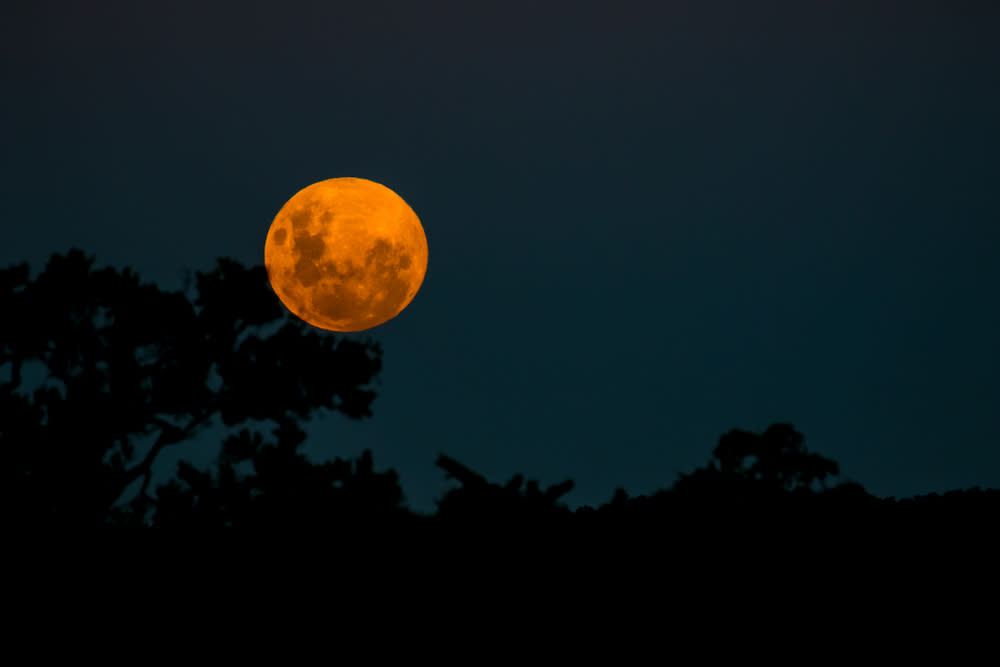More from Kruger
Main Menu
- 00:00
- 06:00
- 12:00
- 18:00
- 23:00
Kruger : Next 24-Hour Weather
Today - 15th April 2025
Sunrise 06:11
Sunset 17:41
Tomorrow - 16th April 2025
Sunrise 06:11
Sunset 17:41
Holiday Weather Now
Sorted by popularity:
Updated at 02:00 GMT
-
Temp feels like19°C67°F
-
Length of day11h 31m
-
Pressure30" (1022 hpa)
-
Visibility10 km (6miles)
-
Wind speed6 km/h
Sunrise 06:11
Sunset 17:42
-
Temp feels like:
19ºC (67 ºF)
-
Length of day:
11h 31m
-
Pressure:
30" (1022 hpa)
-
Visibility:
6 miles (10 km)
-
Wind speed:
6 km/h
Kruger national park is South Africaâs largest nature reserve covering more than 18,900 square km. Krugerâs overall climate is hard to define as throughout the summer months weather similar to a humid tropical climate is experienced and during the winter a climate similar to the desert with extreme highs and lows is featured. Summers tend to be very hot and wet, and winters are hot during the day and cold at nights. Alike any city in the southern hemisphere, winterâs in Kruger take place in June, July and August and Summerâs in December, January and February. Generally the typical weather featured in Kruger will suit all tourists, apart from periods in the peak of summer when temperatures are extremely hot.
Spring
The months of September, October and November are particularly pleasant as the sweltering temperatures of the summer have not yet commenced and the extreme lows of winter have bypassed. Sunshine hours are particularly high still averaging at nine hours each day at the end of September. Rainfall levels are also low at the beginning of spring and slowly rise from 26mm in September to 66mm in November.
Summer
Although summer is Krugerâs wettest period of the year, rain rarely falls for more than seven days each month. Precipitation usually results in heavy but short lived downpours and the average rainfall ranges at 280mm over the three months combined. Summers tend to last a little longer than the typical three months one would expect as average temperatures rise to the mid thirties they commonly rocket well into the low forties.
Autumn
Similar to spring, the months of March, April and May are a favourable time to visit Kruger. Temperatures are still mild with highs of 32ºC in March and lows 11ºC in May. Rainfall shows the biggest variation of all seasons as it descends significantly from 68mm in March down to 14mm in March.
Winter
Although nights can get quite chilly, the days during the winter months are still warm and very sunny. Visitors will still require warm clothing, but generally only at night time. Temperatures can be quite extreme during the winter as a twenty degree difference can be noted from highs of 26ºC down to lows of 6ºC. Rainfall is also very minimum averaging at 32mm over the three months combined. Sunshine hours are also exceptionally high therefore warm sunny days can always be expected.

















